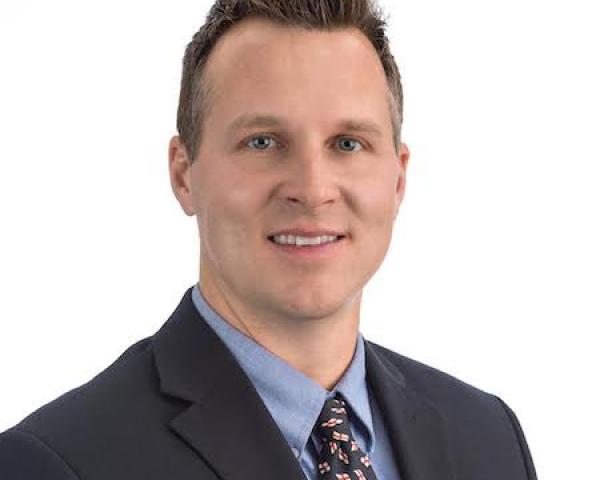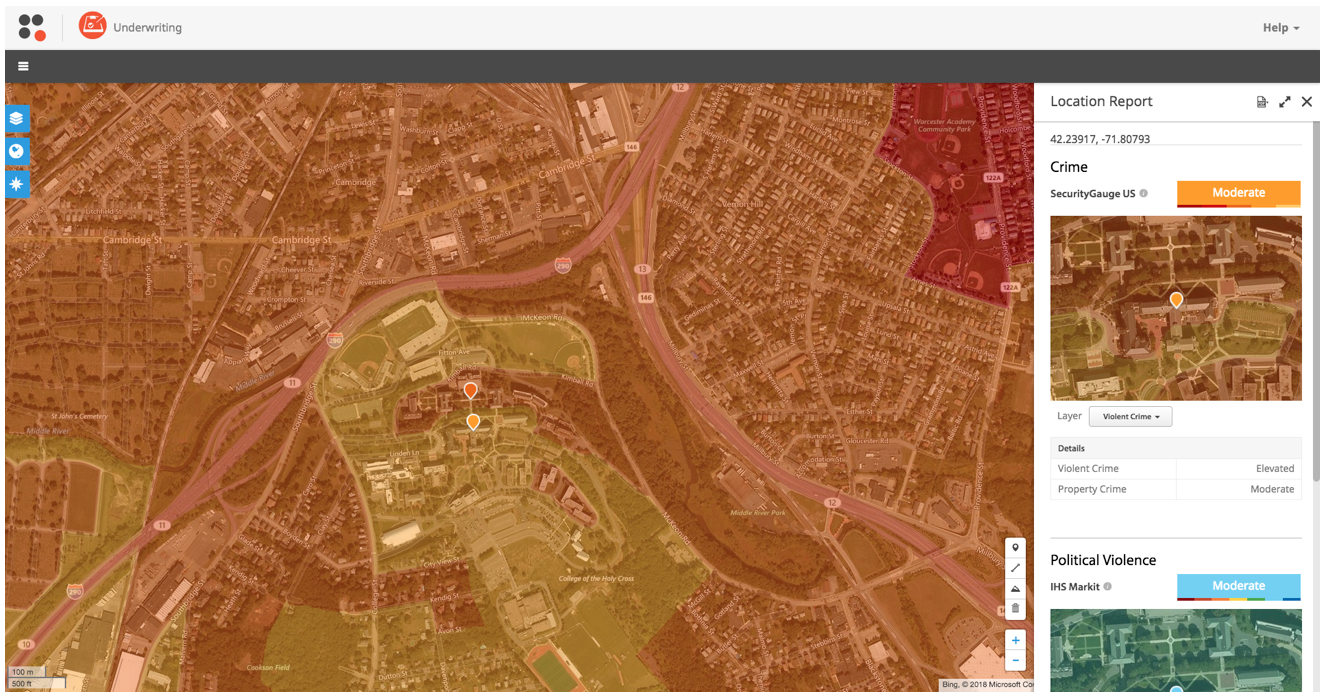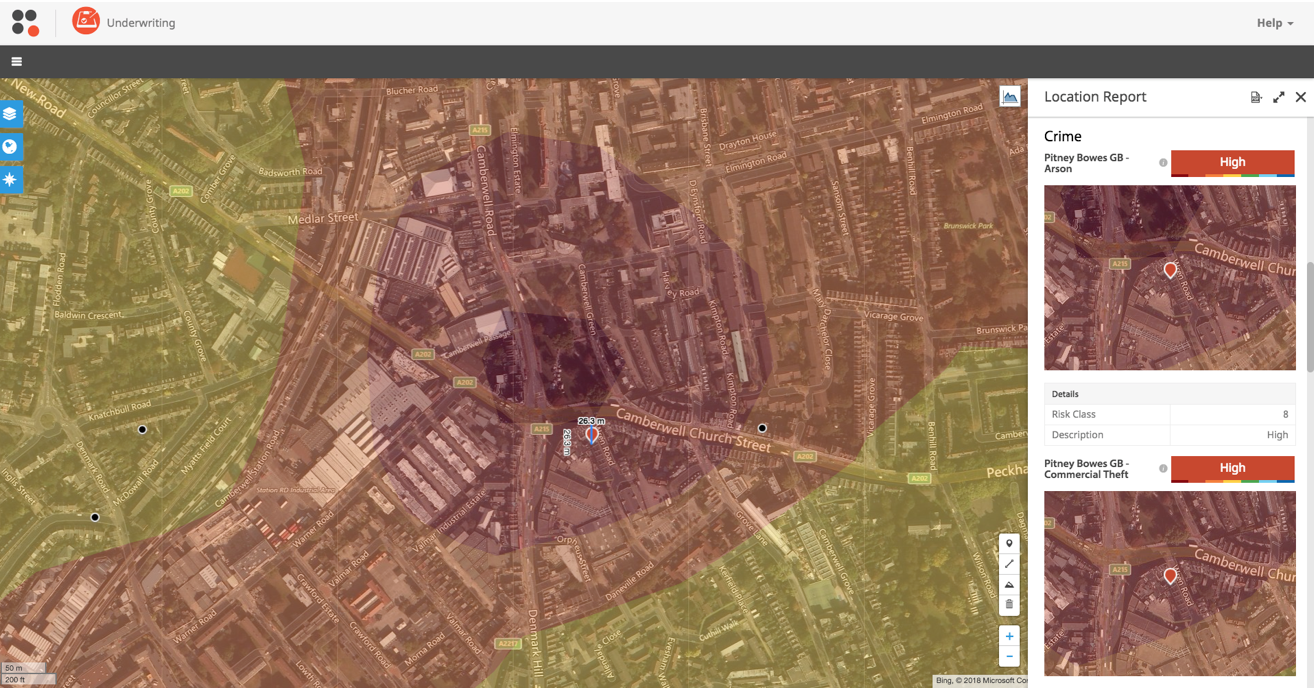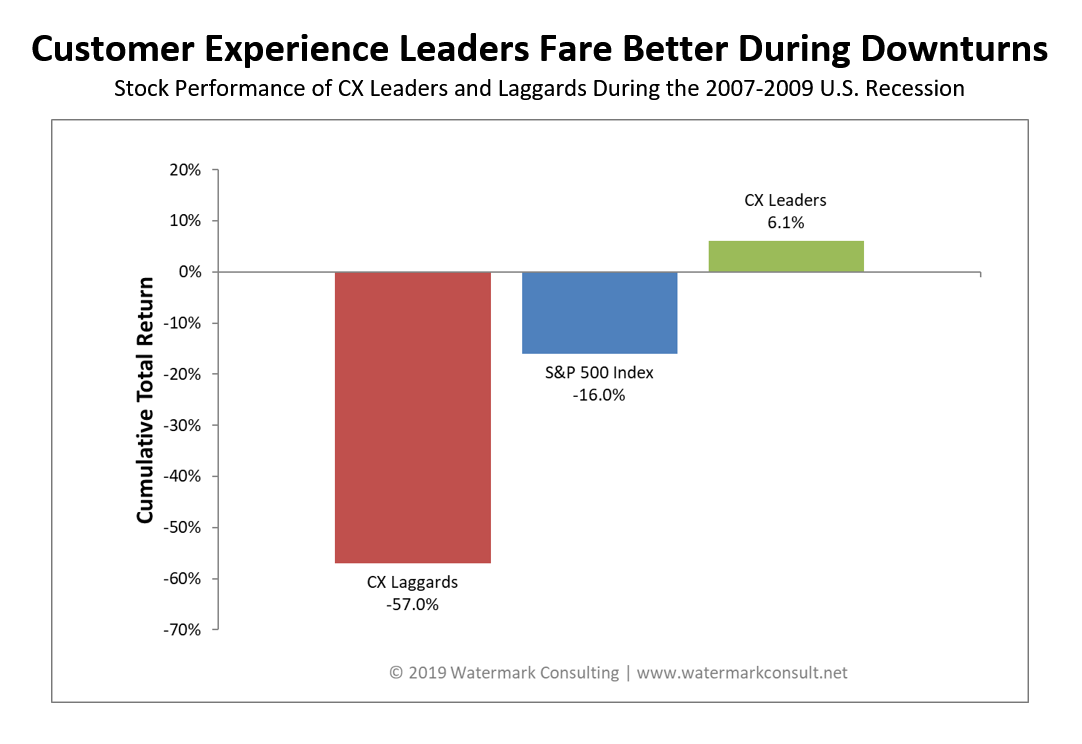Power of Accelerated Underwriting
The industry has yet to tap the true potential of accelerated underwriting because the automation component has been missing.

The industry has yet to tap the true potential of accelerated underwriting because the automation component has been missing.

Get Involved
Our authors are what set Insurance Thought Leadership apart.
|
Partner with us
We’d love to talk to you about how we can improve your marketing ROI.
|

Sean Conrad is a pricing actuary at Hannover Re. He is responsible for pricing and client consultative activities related to various life markets with a focus on alternative underwriting opportunities, including predictive modeling and accelerated underwriting.

Back in the days when Johnny Carson was host of "The Tonight Show," he joked about what he saw as the four seasons in southern California: earthquake, wildfire, rain and mudslide. Now that the first big rain of the season is set to hit California over the next few days, I found myself thinking about what may come next—and into the breach stepped my friend and frequent co-author Chunka Mui with a challenging column both on the fundamental problems that climate change poses and on how insurance needs to step up to the challenge. (That's where you all come in.)
The core issue is timing, as Chunka explains in his Forbes column. Even in areas such as in Florida where rising sea levels are a known problem, 30-year contracts are being written for municipal bonds and mortgages, based on historical data. But past isn't prologue where climate change is concerned, and a timing disconnect arises because insurance on those 30-year contracts is arranged annually.
What happens in 15 years if sea levels rise so fast that a property that can, today, be insured for a modest amount is seen as being at far greater risk? In 20 or 25 years, could many municipal projects and considerable real estate carry such high insurance premiums that they lose enormous value or even become worthless, while municipalities and property owners must continue to meet their payment commitments?
The Florida economy depends on its real estate values, and we don't have to go far into the past to find perilous analogies, where banks made long-term commitments based on short-term borrowing, only to see short-term rates soar.
The answer would seem to be two-fold. First, those making the commitments to repay the bonds and mortgages will want insurance innovators to set premiums that bridge the one-year versus 30-year disparity, ideally offering a 30-year insurance contract. Easier said than done, right? So, second, innovators will need to become far, far better at predicting climate change so that rates can be based on projections, not irrelevant historical data, and so that municipalities, builders and prospective property owners can get economic signals about projects they should avoid.
In reality, the best result, at least initially, will probably be a hybrid. Longer-term insurance contracts (or commitments in capital markets) may be offered based on sharper projections, but with some ability to raise premiums if sea levels rise much faster than expected.
A look at our Innovator's Edge database on insurtechs finds that there are plenty of companies on the case. Nearly 90 identify themselves as focused on climate change, and we'd say that a portfolio of about a dozen have good prospects for making a dent, on issues ranging from analytics and artificial intelligence to sensors and smart homes.
Chunka has seeded a lively discussion on the topic at LinkedIn, and I'd encourage you to join in if you have any interest. Comments would also obviously be welcome here. How to price climate change risk is a hard, hard problem—one that deserves the full attention of the insurance community and that I'm sure we can tackle, if not solve outright.
Have a great Thanksgiving.
Paul Carroll
Editor-in-Chief
Get Involved
Our authors are what set Insurance Thought Leadership apart.
|
Partner with us
We’d love to talk to you about how we can improve your marketing ROI.
|

Paul Carroll is the editor-in-chief of Insurance Thought Leadership.
He is also co-author of A Brief History of a Perfect Future: Inventing the Future We Can Proudly Leave Our Kids by 2050 and Billion Dollar Lessons: What You Can Learn From the Most Inexcusable Business Failures of the Last 25 Years and the author of a best-seller on IBM, published in 1993.
Carroll spent 17 years at the Wall Street Journal as an editor and reporter; he was nominated twice for the Pulitzer Prize. He later was a finalist for a National Magazine Award.
Many companies implement cloud-based email without knowing how attackers are getting in and what safeguards help prevent an attack.

Get Involved
Our authors are what set Insurance Thought Leadership apart.
|
Partner with us
We’d love to talk to you about how we can improve your marketing ROI.
|

Judith Branham is a managing director of Aon’s Cyber Solutions (formerly Stroz Friedberg) based in Minneapolis, where she directs digital forensic investigations, assists clients in responding to cybercrime and data breach incidents and manages a portfolio of end-to-end eDiscovery engagements.
Threat actors learn from each other as they create the next unstoppable attack. It is high time for insurers to pool their resources, too.

Get Involved
Our authors are what set Insurance Thought Leadership apart.
|
Partner with us
We’d love to talk to you about how we can improve your marketing ROI.
|

Jesse Lyon works in financial fields that involve retail banking, residential property valuation and professional insurance. He is deeply interested in the fields of cyber liability and technology E&O, and his research has led to four published papers on those topics in the U.S. and the U.K.
Although crime data can be spatially expressed just like flood and other perils, it is too often overlooked as a piece of the property risk puzzle.

 As you can see, there is a clear delineation between the school’s campus (near average risk relative to the nation, shown in yellow) and the surrounding city (in orange/red), which has an elevated crime score. So while the school itself is at or below the national average for crime risk, knowing that there is some high crime nearby could raise a flag to ensure proper coverages and adequate premiums are in place when underwriting this risk.
Use Case 2: Arson
When underwriting property risk outside the U.S. and Canada, for example in the U.K., Pitney Bowes crime data, for England, Wales, Scotland, and Northern Ireland, can be used within SpatialKey to understand factors driving overall risk, as shown below.
As you can see, there is a clear delineation between the school’s campus (near average risk relative to the nation, shown in yellow) and the surrounding city (in orange/red), which has an elevated crime score. So while the school itself is at or below the national average for crime risk, knowing that there is some high crime nearby could raise a flag to ensure proper coverages and adequate premiums are in place when underwriting this risk.
Use Case 2: Arson
When underwriting property risk outside the U.S. and Canada, for example in the U.K., Pitney Bowes crime data, for England, Wales, Scotland, and Northern Ireland, can be used within SpatialKey to understand factors driving overall risk, as shown below.
 The location has a very high score (borderline extreme, in fact) for arson. When looking at this map, you can see that there is a bus depot across the street from the location in question. This information should factor into your risk assessment due to the flammable nature of the bus depot.
These use cases demonstrate how using expert crime risk data wcan help insurers:
The location has a very high score (borderline extreme, in fact) for arson. When looking at this map, you can see that there is a bus depot across the street from the location in question. This information should factor into your risk assessment due to the flammable nature of the bus depot.
These use cases demonstrate how using expert crime risk data wcan help insurers:
Get Involved
Our authors are what set Insurance Thought Leadership apart.
|
Partner with us
We’d love to talk to you about how we can improve your marketing ROI.
|

Rebecca Morris has 13 years of insurance industry experience and a passion for problem-solving. With a background in insurance analytics, she has put her mathematics expertise into action by leading the development and delivery of SpatialKey’s financial model.
Machine learning, social media and aerial imagery, relying on massive amounts of new data, can change the game on insurance fraud.

Get Involved
Our authors are what set Insurance Thought Leadership apart.
|
Partner with us
We’d love to talk to you about how we can improve your marketing ROI.
|

Mark Breading is a partner at Strategy Meets Action, a Resource Pro company that helps insurers develop and validate their IT strategies and plans, better understand how their investments measure up in today's highly competitive environment and gain clarity on solution options and vendor selection.
If you are in management, when was the last time that you personally examined your systems from an outsider’s standpoint?

Get Involved
Our authors are what set Insurance Thought Leadership apart.
|
Partner with us
We’d love to talk to you about how we can improve your marketing ROI.
|

Chet Gladkowski is an adviser for GoKnown.com which delivers next-generation distributed ledger technology with E2EE and flash-trading speeds to all internet-enabled devices, including smartphones, vehicles and IoT.
Thanks to recent technological advances, risk management is about to get a long overdue upgrade.

Get Involved
Our authors are what set Insurance Thought Leadership apart.
|
Partner with us
We’d love to talk to you about how we can improve your marketing ROI.
|

Pramod Akkarachittor, vice president of products at CLARA Analytics, has more than 20 years of enterprise product management and development experience. He is charged with overseeing products across the CLARA platform.
Companies that provide the best customer experience consistently outperform during downturns. Now is the time to invest in CX.

 The story the graph tells is striking. While CX Leaders weren’t immune from the recession, they clearly fared better than other companies. Whereas the broader market and the CX Laggards lost significant market value during the contraction, the CX Leaders actually notched positive returns. What does that tell us?
It certainly suggests that the quality of a company’s customer experience does influence its ability to weather a recession. CX Leaders tend to be cushioned from the most severe impacts of a downturn, because they represent one of the last places people cut back (or seek less expensive alternatives), as well as one of the first places to which they return.
Of course, the protection a great customer experience affords during economic slowdowns isn’t unqualified. There are many ways a company can sabotage its own success, despite offering an appealing customer experience (see this story about the 2011 bankruptcy of the top-rated company in customer experience).
However, in general, companies offering a top-notch customer experience are far-better-positioned to withstand a recession than those that don’t. For business leaders, this means two things:
The story the graph tells is striking. While CX Leaders weren’t immune from the recession, they clearly fared better than other companies. Whereas the broader market and the CX Laggards lost significant market value during the contraction, the CX Leaders actually notched positive returns. What does that tell us?
It certainly suggests that the quality of a company’s customer experience does influence its ability to weather a recession. CX Leaders tend to be cushioned from the most severe impacts of a downturn, because they represent one of the last places people cut back (or seek less expensive alternatives), as well as one of the first places to which they return.
Of course, the protection a great customer experience affords during economic slowdowns isn’t unqualified. There are many ways a company can sabotage its own success, despite offering an appealing customer experience (see this story about the 2011 bankruptcy of the top-rated company in customer experience).
However, in general, companies offering a top-notch customer experience are far-better-positioned to withstand a recession than those that don’t. For business leaders, this means two things:
Get Involved
Our authors are what set Insurance Thought Leadership apart.
|
Partner with us
We’d love to talk to you about how we can improve your marketing ROI.
|

Jon Picoult is the founder of Watermark Consulting, a customer experience advisory firm specializing in the financial services industry. Picoult has worked with thousands of executives, helping some of the world's foremost brands capitalize on the power of loyalty -- both in the marketplace and in the workplace.
The health outcomes improvements and savings associated with only using high-performing physicians should be profound.

Get Involved
Our authors are what set Insurance Thought Leadership apart.
|
Partner with us
We’d love to talk to you about how we can improve your marketing ROI.
|

Brian Klepper is principal of Healthcare Performance, principal of Worksite Health Advisors and a nationally prominent healthcare analyst and commentator. He is a former CEO of the National Business Coalition on Health (NBCH), an association representing about 5,000 employers and unions and some 35 million people.